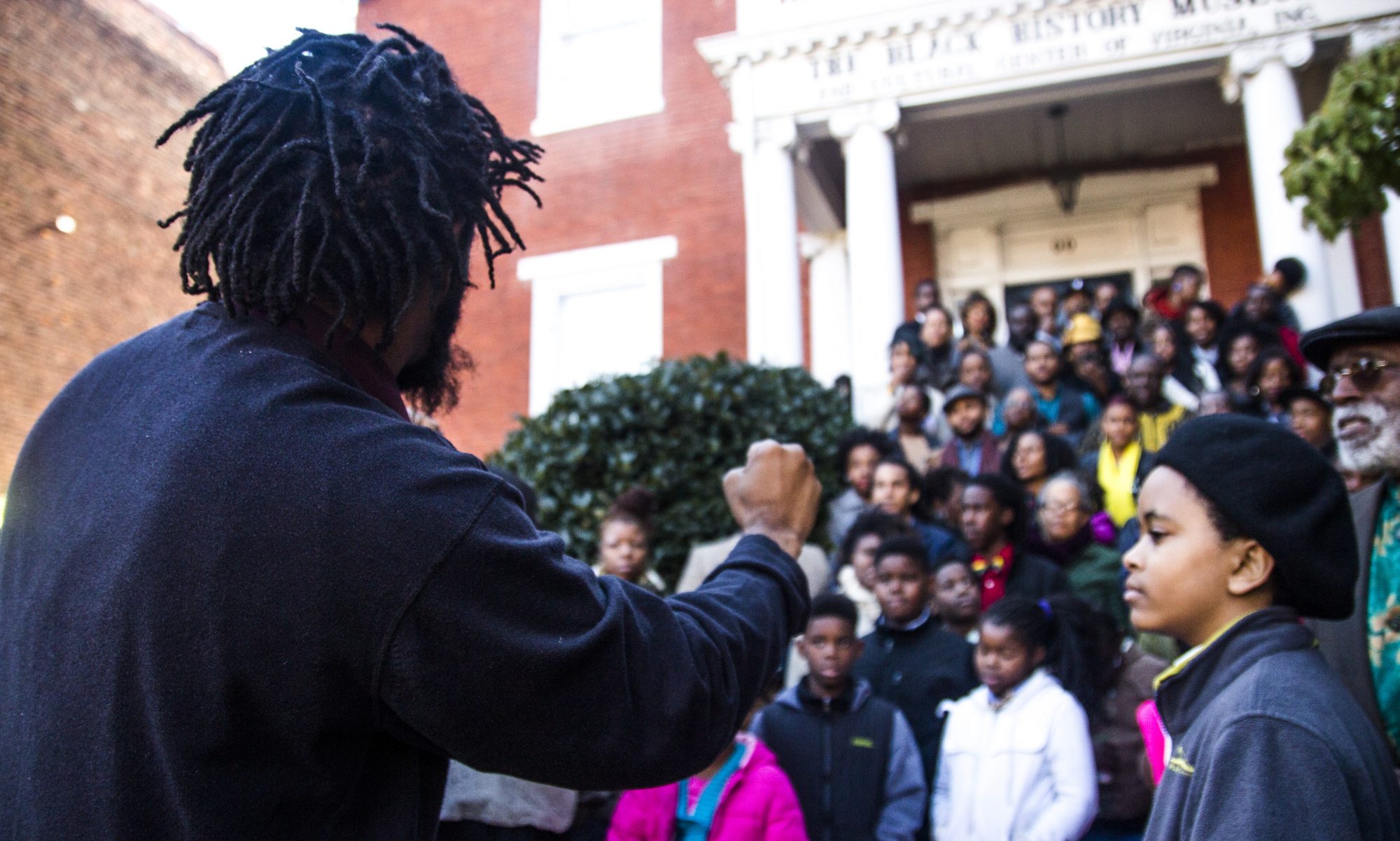Communities across the country want to protect their water quality while also getting the greatest possible benefit out of every investment they make. Many are conserving, restoring, or enhancing natural areas while incorporating trees, rain gardens, vegetated roofs, and other practices that mimic natural systems into developed areas to manage rainwater where it falls. These types of approaches, known as “green infrastructure,” are an integral component of sustainable communities primarily because they can help communities protect the environment and human health while providing other social and economic benefits, allowing communities to achieve more for their money. Using green infrastructure strategies to reduce stormwater runoff can strengthen efforts to preserve open space and natural areas and encourage development in existing communities. Green infrastructure elements help make neighborhood streets and greenways pleasant and safe for walking and biking and reinforce a sense of place. Integrating green infrastructure and sustainable communities encourages collaboration in development decisions and promotes green building practices.
Engaging the entire community creates a vision for the future based on people’s and businesses’ needs, desires, and aspirations. This vision guides the plan and ultimately implementation. A sustainable communities and green infrastructure plan will touch nearly every aspect of a community’s design. Involving a wide range of community members in developing both the vision and the plan creates broad support and encourages multiple champions to emerge to handle different aspects of implementation. Such broad-based involvement also helps ensure people from all walks of life, including vulnerable and disadvantaged populations, can share in the benefits that come from implementing a green infrastructure plan.
Successful plans include clear goals, an assessment of assets and opportunities, a comprehensive look at how to achieve implementation, a means for funding implementation, a way to monitor and measure progress toward achieving the community’s goals, and a strategy for long-term operations and maintenance. With such a plan in place, a community will be well on its way to improving quality of life, protecting the environment, improving public health, becoming economically stronger, and preparing for climate change impacts.

